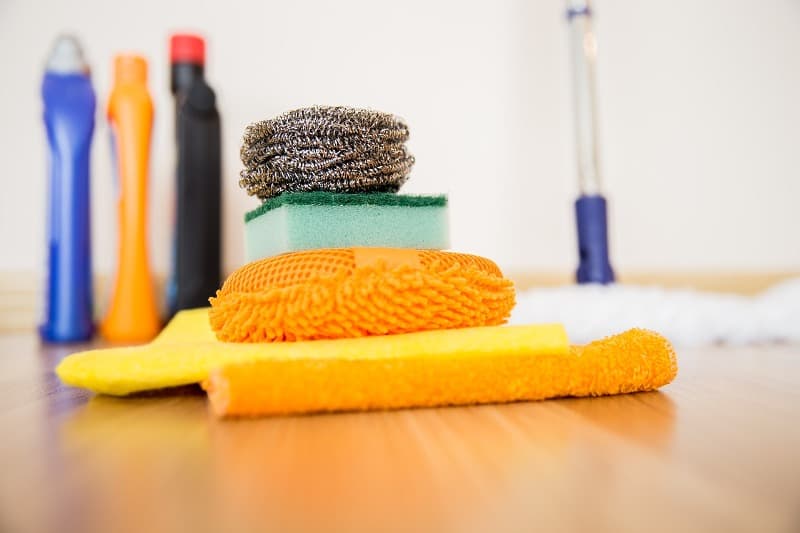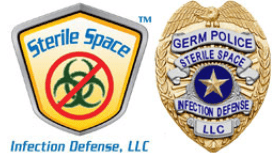
Originally Published by Infection Control Today
Health care facilities are designed to serve and protect vulnerable patients, but without proper air hygiene or disinfection and sanitization these facilities can quickly become a super-spreader of harmful bacteria, fungi, and other germs. With an influx of sick patients, overbooked hospital beds and limited access to personal protective equipment (PPE) the COVID-19 pandemic sparked an increase in health care-associated infections (HAIs), according to the Center for Disease Control and Prevention (CDC). Infection control practitioners (ICP), can use these key steps to help prevent cross-contamination in health care facilities.
According to The Environmental Protection Agency (EPA), indoor air can be 2-to-5 times more polluted than outdoor air. Despite the vulnerable nature of their occupants, hospital air can be of extremely poor quality due to the vast number of pollutants, gases, odors, and germs.
Clinical Microbiology and Infection lists viruses as the main cause of infectious diseases in indoor environments. Aerosolized viruses, including the coronavirus, spread through droplets that become airborne when people cough or sneeze and can remain in the air for up to 3 hours. A single cough or sneeze can expel germs as far as 27 feet at almost 100 miles an hour.
>>CLICK HERE to Read the Full Article on InfectionControlToday.com




